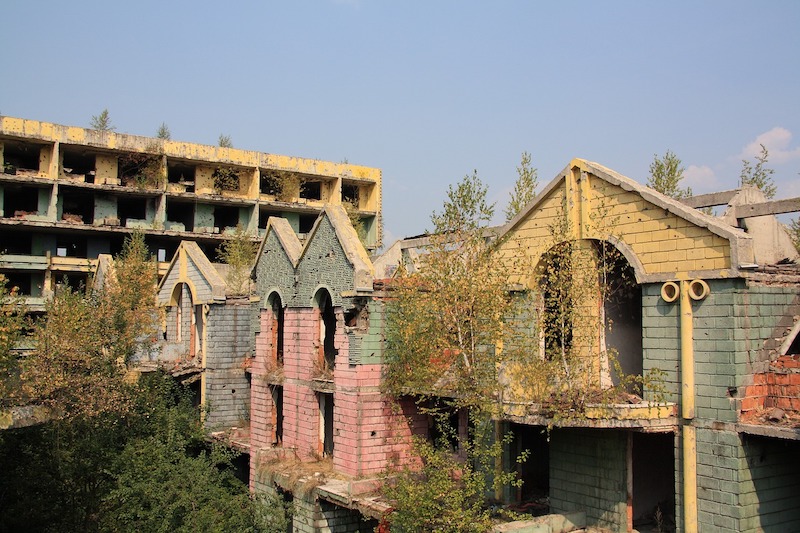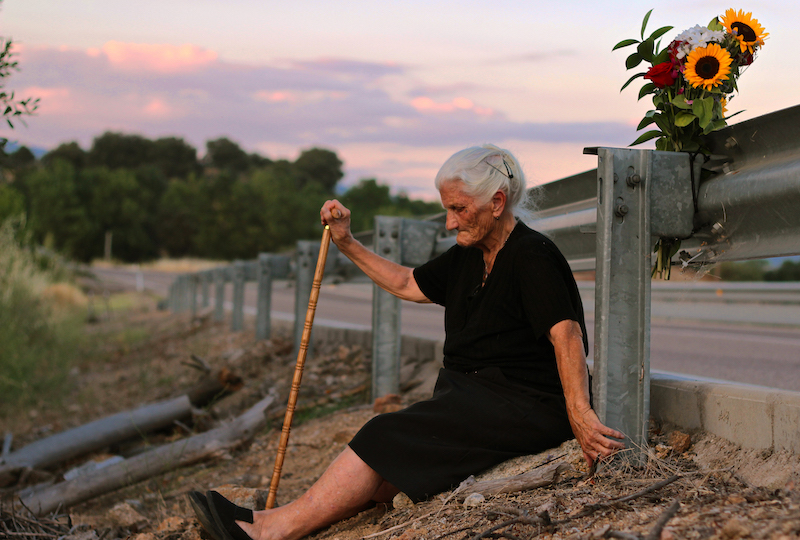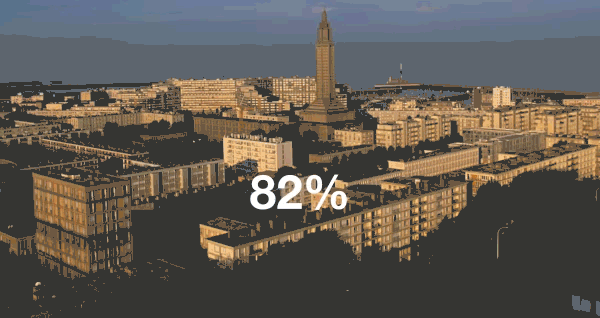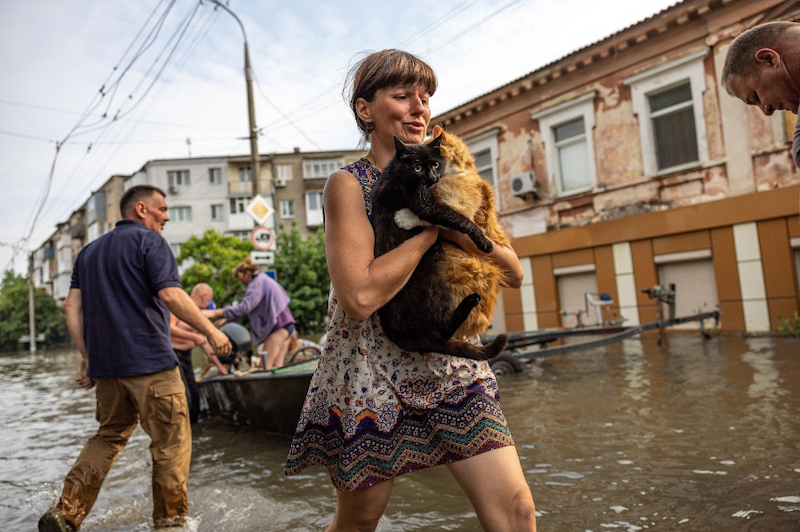Three decades after the Bosnian war in the 1990s, Bosnia and Herzegovina remains sharply divided along ethnic lines, with much of its population still suffering from war trauma.
Before ending in December 1995 with the Dayton Peace Accord, the war between Bosnia’s Serbs, Bosniaks and Croats claimed over 101,000 lives.
Some scars are obvious, such as the dilapidated, bullet hole-ridden buildings, while others, like the trauma suffered by the people, are hard to spot at first sight.
Bosnia has yet to make a centralised database of all the victims of war or those suffering from PTSD. According to a 2020 study by the country’s Health Ministry, more than 60 percent of the population in the capital of Sarajevo alone ― a city that spent much of the war under siege, grenades and sniper fire ― suffer from symptoms of PTSD.
According to the authorities, the country still has about 8,000 people living in collective houses as well.
The Peace Accord ended the war, but society remains sharply divided along ethnic lines.
The country is organised into a multiethnic national government, with many powers devolved to a majority Bosniak and Croat Federation of Bosnia and Herzegovina that’s further divided into ten cantons, a Serb-dominated entity of Republika Srpska, and a tiny self-governed district called Brcko.
Efforts to introduce alternatives to the Dayton Agreement have never taken hold. Thus, Bosnia’s government on all levels has been rendered largely ineffective, as each of the three ethnicities have resumed their gripes and blocked each other from realising their aims to help the country progress.
Meanwhile, Bosnian Serbs have pressed on with their secessionist efforts for Republika Srpska.
The frustration has fueled an exodus of youth and estimates are that tens of thousands leave the country each year. And for the young people who remain, the OSCE reported that segregated schools, where pupils learn to vilify those of another ethnicity, is still a pressing issue.






